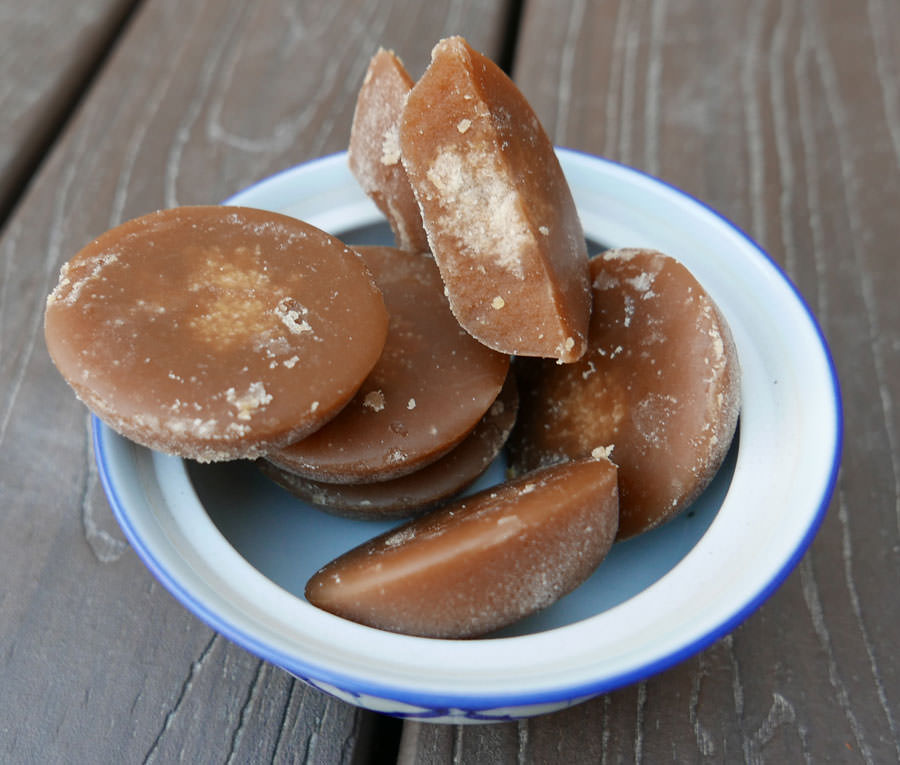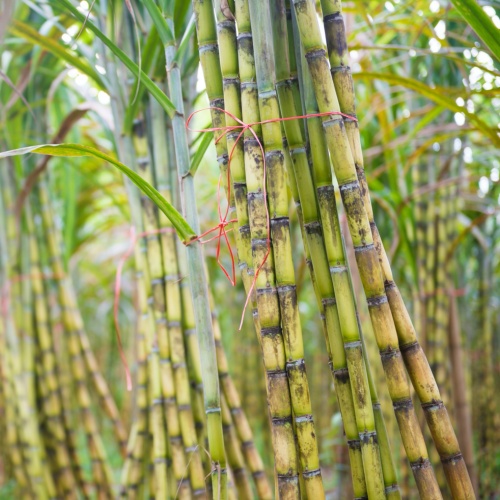Cane Sugar Processing: Typical Approaches and Modern Innovations
Cane Sugar Processing: Typical Approaches and Modern Innovations
Blog Article
Checking Out the Comprehensive Steps Entailed in Walking Stick Sugar Processing From Harvesting to Refinement
The procedure of walking cane sugar production incorporates a series of elaborate actions, starting with the careful harvesting of sugarcane and culminating in the improvement phases that ensure the final item fulfills sector standards. Each phase, from the removal of juice to the purification and condensation procedures, plays an important duty in establishing the high quality and personality of the sugar.
Gathering Sugarcane
Collecting sugarcane is an important action in the walking cane sugar handling chain, as it directly influences the high quality and return of the end product. Proper timing and methods are necessary throughout this stage to make sure ideal sugar web content and decrease losses. Typically, sugarcane is harvested when it gets to maturity, generally 12 to 18 months after growing, identified by a high sucrose focus.

Post-harvest, the sugarcane must be processed promptly to protect against sucrose destruction. Preferably, collected walking cane must be moved to refining facilities within 1 day to protect sugar high quality. For that reason, effective logistical preparation is critical to keep the honesty of the gathered crop throughout the supply chain.
Removal Process

The smashed cane is subjected to a series of pushing procedures to maximize juice healing. Typically, warm water is splashed onto the crushed cane, developing a countercurrent flow that aids dissolve the sugar while also assisting in the removal procedure. The juice gathered from this operation includes not just sugar yet additionally numerous natural compounds and contaminations.

To enhance extraction effectiveness, some facilities may utilize diffusion methods, where the sugarcane is saturated in warm water, permitting the soluble sugars to diffuse right into the fluid. The resulting juice, abundant in sucrose, is after that guided to subsequent processing stages, laying the foundation for purification and refinement. The removal process is hence crucial in figuring out the quality and yield of the last sugar item.
Filtration Strategies
The filtration methods utilized in walking cane sugar handling are important for transforming the raw juice into a top quality sugar product. These approaches largely intend to eliminate pollutants, such as soil, plant materials, and not natural compounds, which can negatively impact the final product's taste and color.
One of the most usual filtration methods is information. This process involves adding lime and warm to the raw juice, which assists in the coagulation of impurities. The resulting precipitate is after that gotten rid of with sedimentation or filtration, generating a clearer juice. Furthermore, using phosphoric acid can boost the explanation procedure by further binding contaminations.
Another considerable technique is carbonatation, where co2 is introduced to the made clear juice. This reaction generates calcium carbonate, which catches continuing to be pollutants and advertises their elimination.
Moreover, activated carbon therapy may be used to adsorb any staying colorants and natural pollutants, ensuring a much more refined product. The mix of these methods successfully prepares the sugar juice for succeeding action in the refining process, setting the phase for the production of premium cane sugar.
Condensation Approaches
After the purification phase, the following important step in walking stick sugar handling involves condensation approaches, which play a pivotal function in changing the clarified juice into strong sugar. This process usually utilizes 2 primary techniques: spontaneous formation and regulated crystallization.
In spontaneous formation, supersaturated sugar remedies are permitted to cool down normally, leading to the formation of sugar crystals over time. This read more method allows for the consistent development of sugar crystals and higher purity.
During formation, the clarified juice is concentrated with evaporation, enhancing its sugar content till it gets to supersaturation. As soon as this point is accomplished, either method can facilitate the formation procedure. Cane Sugar Processing. The resultant sugar crystals are then separated from the continuing to be syrup with centrifugation
Eventually, the choice of crystallization approach affects the quality, dimension, and pureness of the final sugar item, making this action necessary in the general walking stick sugar processing treatment.
Improvement and Packaging
Just how can the pureness and quality of cane sugar be further boosted after condensation? The improvement process plays a vital role in achieving high-quality walking cane sugar. Complying with crystallization, sugar undertakes a detailed washing to remove contaminations and residual molasses. This is generally completed utilizing cozy water or steam, which helps liquify and extract undesirable components while protecting the sugar crystals.
Following, the sugar is subjected to a process called centrifugation, where it is rotated at broadband to divide the purified sugar crystals from the staying fluid. After centrifugation, the sugar is often additional fine-tuned via an approach called carbonization or phosphatation, which utilizes triggered carbon or phosphoric acid to get rid of color and off-flavors.
When fine-tuned, the sugar is dried to attain the preferred dampness content, making certain that it remains steady during storage space and transport. The last step involves packaging the refined sugar in moisture-proof and impermeable containers to keep its high quality and protect against contamination. Cane Sugar Processing. Proper packaging not only extends life span however likewise facilitates easy handling and distribution, making sure that consumers get sugar that satisfies the greatest criteria of pureness and top quality
Verdict
The comprehensive steps associated with walking cane sugar processing, from the meticulous harvesting of sugarcane to the intricate refinement and product packaging phases, emphasize the relevance of each stage in click this making certain top quality sugar production. Optimal harvesting techniques, reliable removal approaches, and strenuous filtration processes collectively contribute to the last product's purity and stability. The crystallization and succeeding product packaging methods even more enhance the integrity and life span of the sugar, highlighting the intricacy and precision fundamental in this crucial farming industry.
The process of walking stick sugar production encompasses a collection of detailed actions, starting with the cautious harvesting of sugarcane and finishing in the improvement stages that make certain the last check that product fulfills market standards. Preferably, gathered cane needs to be transferred to refining facilities within 24 hours to maintain sugar top quality.In spontaneous condensation, supersaturated sugar services are permitted to cool normally, leading to the development of sugar crystals over time - Cane Sugar Processing. The refinement procedure plays a critical function in achieving high-quality cane sugar.The extensive actions included in walking cane sugar processing, from the thorough harvesting of sugarcane to the elaborate improvement and packaging phases, emphasize the significance of each stage in making certain high-grade sugar production
Report this page